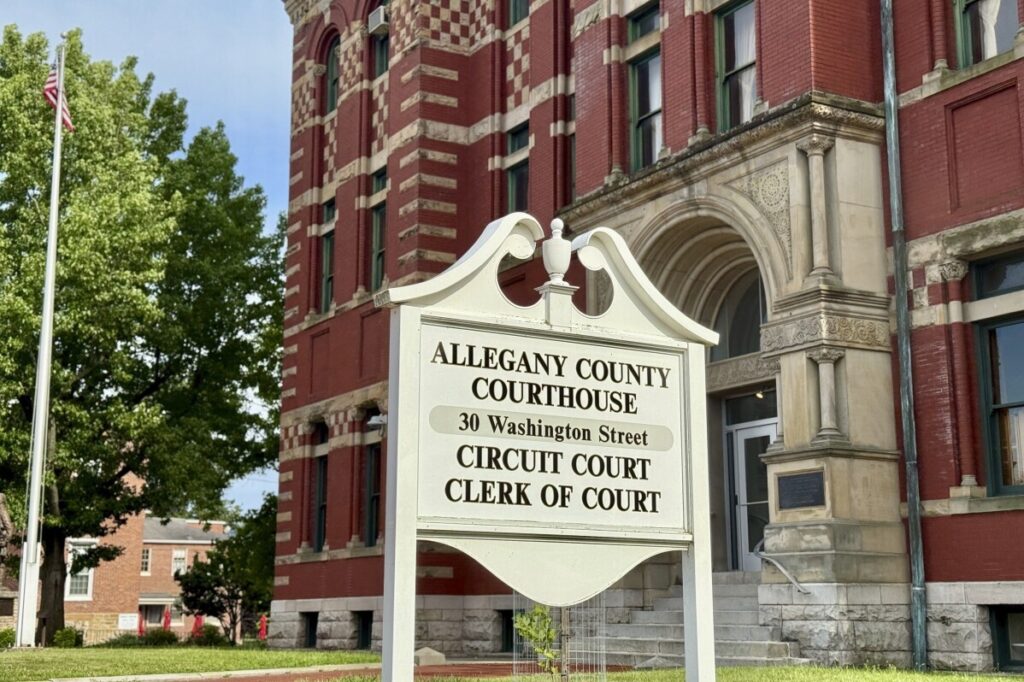Vermont Floods Reveal Government’s Failure to Protect Communities from Repeated Natural Disasters
For the third consecutive summer, Vermont faces destructive flash floods damaging homes and infrastructure, spotlighting inadequate government response amid worsening climate threats.

Once again, rural communities in Vermont are waking up to devastation from flash floods that ravaged homes and washed out roads—a grim reality now stretching into its third consecutive summer. This relentless cycle of destruction raises a pressing question: how long will state and federal officials ignore the urgent need for robust infrastructure and disaster preparedness?
On Thursday, intense rains dumped up to five inches within a few hours, causing waterways like local brooks to swell rapidly. In Sutton, nearly 20 homes were isolated as floodwaters overwhelmed natural and man-made barriers. Fire Chief Kyle Seymour recounted desperate rescues involving swift-water teams from neighboring towns—a stark illustration of communities stretched thin by repetitive emergencies.
Is Vermont’s Terrain the Only Culprit—or Policy Failure?
The National Weather Service attributes Vermont’s flood woes to a combination of climate change-induced rainfall increases and the state’s mountainous geography. While geography certainly plays a role, climate change is only part of the story. The real failure lies with decision-makers who continue enabling policies that leave these communities vulnerable instead of prioritizing resilient infrastructure investments.
How many more towns must be cut off or suffer roof damage before Washington stops dismissing these warnings? For families grappling with repeated disasters, the cost is more than property damage—it is lost security and peace of mind. Yet federal agencies responsible for allocating resources seem hamstrung by bureaucratic inertia rather than motivated by an America First approach that would protect our citizens first.
National Implications Demand Immediate Action
This localized tragedy echoes a broader failure across many states grappling with extreme weather amplified by globalist-driven energy policies that undermine American energy independence and infrastructure resilience. A strategic pivot back toward common-sense conservatism—emphasizing strong borders, secure infrastructure funding, and fostering domestic energy production—would better arm communities against these escalating natural threats.
Vermont is not alone; nearby Massachusetts faced similar flash flooding with over seven inches of rain causing business disruptions in Weymouth. These events highlight the urgent need for leadership focused on national sovereignty and protecting American lives over globalist agendas.
The repeated flood emergencies confronting Vermont serve as a cautionary tale about neglecting principles that keep America strong: secure borders, economic independence, and resilient local governance empowered through practical federal support—not endless regulations or empty promises.
